Sack on “Hateful Actions”; Human Rights Commission Condemns White Supremacists in Charlottesville
The Mayor and the Human Rights Commission have issued a statement condemning the actions of white supremacists in Charlottesville, VA.
Think hate can't happen here? In 2016, the local African American cemetery was vandalized.
(PHOTO: The African American Cemetery in Rye, part of the Greenwood Cemetery.)
"Dear Rye residents,
While the City is primarily engaged in local municipal issues, it is hard not to notice issues which have gained national attention of late. As mayor, I condemn the hateful actions in Virginia, and join in the statement by our human rights committee, attached below.
Mayor Joe Sack
Human Rights Commission Statement on the events that took place in Charlottesville:
The Rye City Human Rights Commission strongly condemns the actions of white supremacists in Charlottesville, VA this past weekend. We are a country founded and strengthened through diversity. We believe finding common ground to elevate us all is our human purpose.
We stand united with those who oppose intolerance and racism. We call on all elected officials to be clear and fearless in standing up for the values and humanity inscribed in the Declaration of Independence.
"We hold these truths to be self-evident, that all men [and women] are created equal, that among these are Life, Liberty and the pursuit of Happiness.”
Our hearts go out to the families of protesters and state troopers who lost loved ones. We stand firmly with them against hatred and violence and for compassion and brotherhood.
Danielle Tagger-Epstein
Human Rights Commission Chairperson"

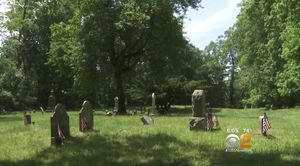
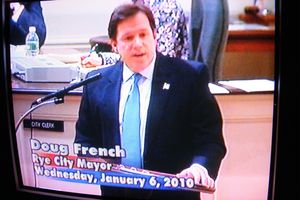
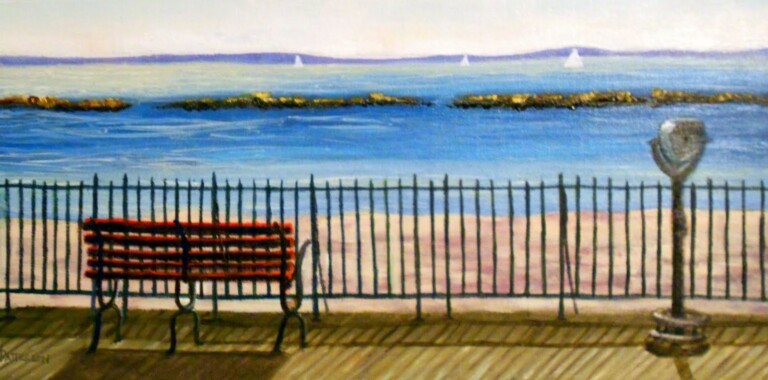
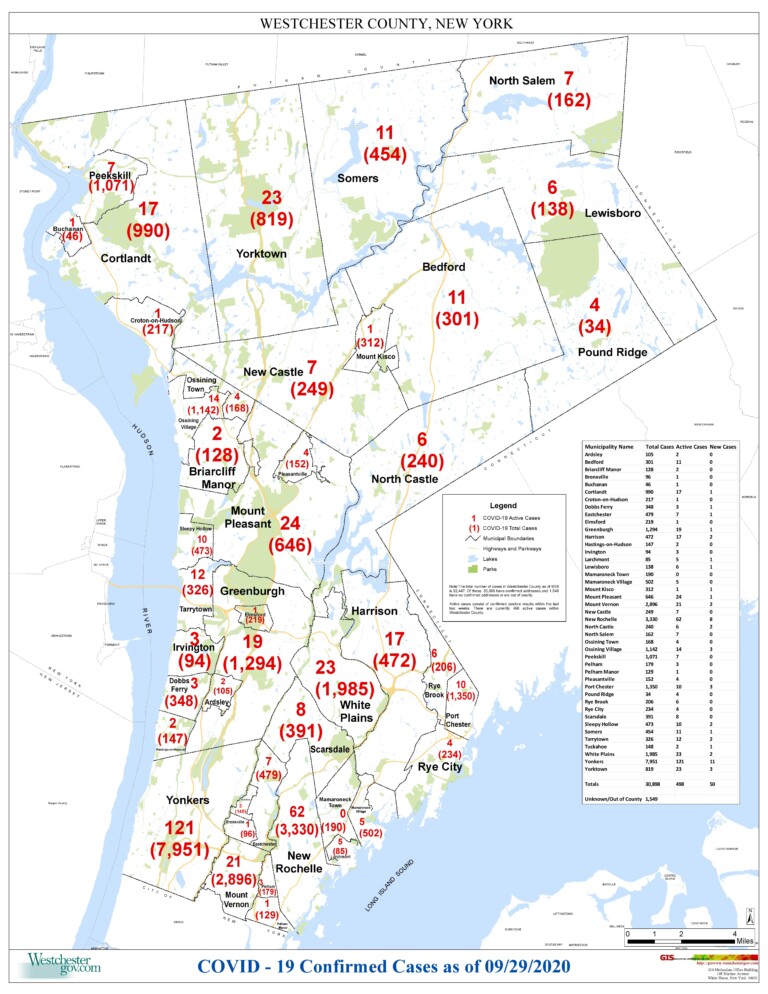
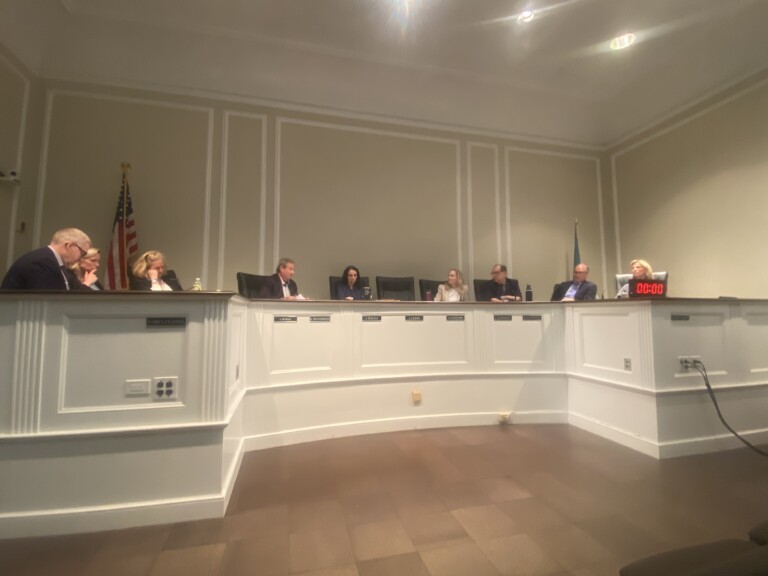
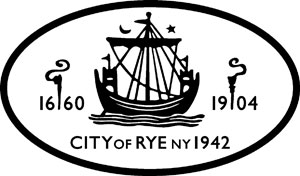
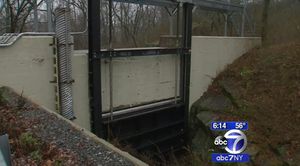
Virginia Gov. Terry McAuliffe, “We planned for a long time for today’s incidents.”
From ProPublica
Documenting Hate
POLICE STOOD BY AS MAYHEM MOUNTED IN CHARLOTTESVILLE
State police and National Guardsmen watched passively for hours as self-proclaimed Nazis engaged in street battles with counter-protesters. ProPublica reporter A.C. Thompson was on the scene and reports that the authorities turned the streets of the city over to groups of militiamen armed with assault rifles.
by A.C. Thompson and Robert Faturechi, ProPublica, and Karim Hajj, special to ProPublica, Aug. 12, 2017, 11 p.m.
CHARLOTTESVILLE, Va. — There was nothing haphazard about the violence that erupted today in this bucolic town in Virginia’s heartland. At about 10 a.m. today, at one of countless such confrontations, an angry mob of white supremacists formed a battle line across from a group of counter-protesters, many of them older and gray-haired, who had gathered near a church parking lot. On command from their leader, the young men charged and pummeled their ideological foes with abandon. One woman was hurled to the pavement, and the blood from her bruised head was instantly visible.
Standing nearby, an assortment of Virginia State Police troopers and Charlottesville police wearing protective gear watched silently from behind an array of metal barricades — and did nothing.
It was a scene that played out over and over in Charlottesville as law enforcement confronted the largest public gathering of white supremacists in decades. We walked the streets beginning in the early morning hours and repeatedly witnessed instances in which authorities took a largely laissez faire approach, allowing white supremacists and counter-protesters to physically battle.
Officials in Charlottesville had publicly promised to maintain control of the “Unite the Right” rally, which is the latest in a series of chaotic and bloody racist rallies that have roiled this college town, a place deeply proud of its links to Thomas Jefferson and the origins of American Democracy.
But the white supremacists who flooded into the city’s Emancipation Park — a statue of Confederate General Robert E. Lee sits in the center of the park — had spent months openly planning for war. The Daily Stormer, a popular neo-Nazi website, encouraged rally attendees to bring shields, pepper spray, and fascist flags and flagpoles. A prominent racist podcast told its listeners to come carrying guns. “Bring whatever you need, that you feel you need for your self defense. Do what you need to do for security of your own person,” said Mike “Enoch” Peinovich on The Right Stuff podcast.
And the white supremacists who showed up in Charlottesville did indeed come prepared for violence. Many wore helmets and carried clubs, medieval-looking round wooden shields, and rectangular plexiglass shields, similar to those used by riot police.
Clad in a black, Nazi-style helmet, Matthew Heimbach told ProPublica, “We’re defending our heritage.” Heimbach, who heads the Traditionalist Workers Party, a self-declared fascist group, said he was willing to die for his cause and would do whatever it took to defend himself. He was surrounded by a brigade of white supremacists, including members of the League of the South and the National Socialist Movement.
By the time Heimbach and his contingent arrived in downtown Charlottesville shortly before 11 a.m., what had started hours earlier with some shoving and a few punches had evolved into a series of wild melees as people attacked one another with fists, feet, and the improvised weapons they’d brought with them to the park. White supremacists and anti-racists began blasting each other with thick orange streams of pepper spray.
The police did little to stop the bloodshed. Several times, a group of assault-rifle-toting militia members from New York State, wearing body armor and desert camo, played a more active role in breaking up fights.
Shortly before noon, authorities shut down the rally and the related demonstrations and marched the white supremacists out of the park and into the streets.
Charlottesville Vice Mayor Wes Bellamy defended the police tactics. “I’m not in the business of throwing our police department under the bus, because they’re doing the best job they can, “ said Bellamy. “I don’t think the police officers were just twiddling their thumbs.”
The skirmishes culminated in what appears to have been an act of domestic terrorism, with a driver ramming his car into a crowd of anti-racist activists on a busy downtown street, killing one and injuring 19 according to the latest information from city officials. Charlottesville authorities tonight reported that a 20-year-old Ohio man had been arrested and had been charged with murder.
Two state police officers also died in a helicopter crash.
At a brief press conference this evening, Virginia officials declined to answer questions about the police response, but said they were not taken surprise by the violence or the number of protesters. “This could have been a much worse day,” said Virginia Gov. Terry McAuliffe, “We planned for a long time for today’s incidents.”
Charlottesville police Chief Al Thomas said at least 35 people had been injured — many of them from violent encounters between white supremacists and the counter-protesters. He said nobody had been wounded due to confrontations between police and the public.
In the weeks leading up to the protest, city and state officials put together a detailed plan for the rally, mobilizing 1,000 first responders, including 300 state police troopers and members of the National Guard. Judging from how events unfolded today, it appears that the strategy was to avoid direct confrontations with the protesters.
Miriam Krinsky, a former federal prosecutor who has worked on police reform efforts in Los Angeles, said it was too early to assess the law enforcement response in Charlottesville.
But she said a strategy of disengagement generally works to embolden unruly crowds.
“If things start to escalate and there’s no response, it can very quickly get out of control,” she said. “Individuals can and will get hurt.”
But an overly forceful response, she said, can also make the situation worse. Krinsky said attempts to seize weapons might have led to more clashes between police and protesters. “Trying to take things away from people is unlikely to be a calming influence,” she told ProPublica.
A good strategy, she said, is to make clashes less likely by separating the two sides physically, with officers forming a barrier between them. “Create a human barrier so the flash points are reduced as quickly as possible,” she said.
A.C. Thompson and Karim Hajj reported from Charlottesville, Va. Robert Faturechi reported from New York. A.C. Thompson covers criminal justice issues for ProPublica. Robert Faturechi covers campaign finance for ProPublica.
“BLOOD ON YOUR HANDS”
CHAOS BREAKS OUT AT CHARLOTTESVILLE CITY COUNCIL MEETING
The New York Times – By Frances Robles – August 21, 2017
CHARLOTTESVILLE, Va. — They shouted down the mayor and City Council members, took over the Council chambers for about a half-hour, and gave more than four hours of impassioned testimony about how city officials had botched the response to the deadly white supremacist rally here this month.
In the end, the angry residents who spoke at the Charlottesville City Council meeting on Monday got some measure of action as officials said they would have a third-party review the city’s planning and reaction to the rally. The Council also voted unanimously to take the first administrative steps to remove a statue of the Confederate general Stonewall Jackson in the city.
That move was significant, as it was the Council’s decision earlier this year to remove a statue of Robert E. Lee that prompted the white nationalists to rally in the city earlier this month.
Monday’s meeting was the Council’s first since the rallies on Aug. 11 and 12 that brought hundreds of white supremacists to Charlottesville. White and black residents alike were furious with the police response to the demonstrations, and they faulted officers for not engaging during repeated scuffles. A woman, Heather D. Heyer, was killed when a man drove into counterprotesters.
The meeting started out without incident, but as soon as the rally was mentioned, several residents began shouting down city officials for allowing the Aug. 12 “Unite the Right” rally to take place. The chamber erupted, and when police officers forcibly removed three people, the 100 or so at the meeting broke out into furious chants of “Shame” and “Shut it down!” The three people were issued summonses charging them with disorderly conduct. No injuries were reported.
“I’m outraged!” said Tracy Saxon, 41. “I watched my people get beat and murdered. They let Nazis in here have freedom of speech, and they protect them? And we can’t have freedom of speech?”
At one point, two people stood on the dais and unfurled a banner with the words “Blood on your hands!” as council members and the mayor left the room. The residents refused to cede control of the room until the authorities promised to release the residents who had been taken away and let people have their say.
Vice Mayor Wes Bellamy, the only African-American on the Council, was the sole member who remained. He negotiated with residents to restore order in exchange for scrapping the meeting’s regular agenda and giving each person one minute to speak.
It took about a half-hour for order to be restored, and the meeting stretched for several hours, as speaker after speaker spoke about their anguish over what the community had experienced. Several people wept and said they had been unable to sleep since witnessing violence against their neighbors.
“I’m not the same person I was that day,” said Paul Hurdle, who shook as he described the mayhem on Aug. 12.
Gail Weatherall, who said she had lived in Charlottesville for 35 years, called for a citizen-led review of the events and the city’s response.
Several speakers criticized the Council members for not having heeded warnings to avoid the protest, and promised to vote them out of office. But city officials stressed that they had tried to deny the white supremacist rally a permit, but that a federal court had ruled in favor of the protest organizers.
“We tried really hard,” Mayor Mike Signer said. “A federal judge forced us to have that rally downtown.”
His account was met with jeers, and the shouting continued.
Mr. Signer took the brunt of the community’s ire, as many people demanded his resignation.
Responding to residents’ concerns, Maurice Jones, the city manager, said Charlottesville would have a third party review the city’s response to the white supremacists’ gathering. He urged residents to submit specific complaints of serious incidents to the police chief.
Afterward, the City Council voted unanimously to drape the statues of Robert E. Lee and Stonewall Jackson in black in mourning.